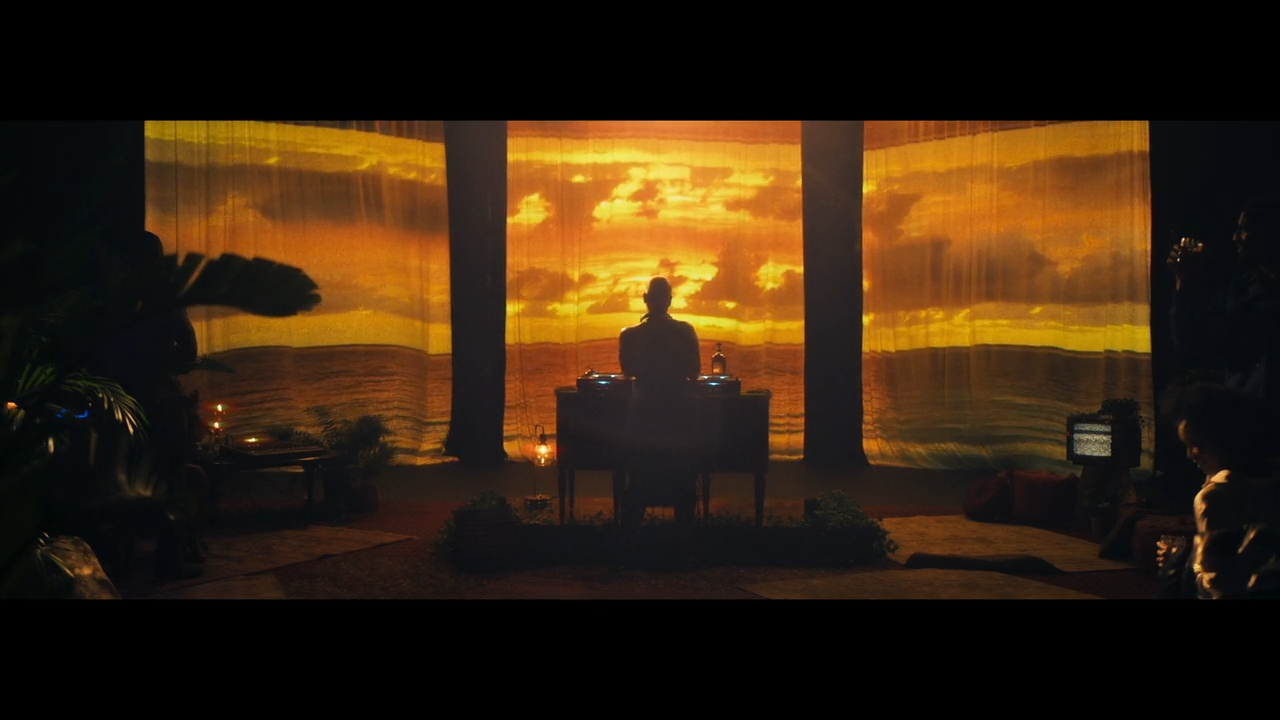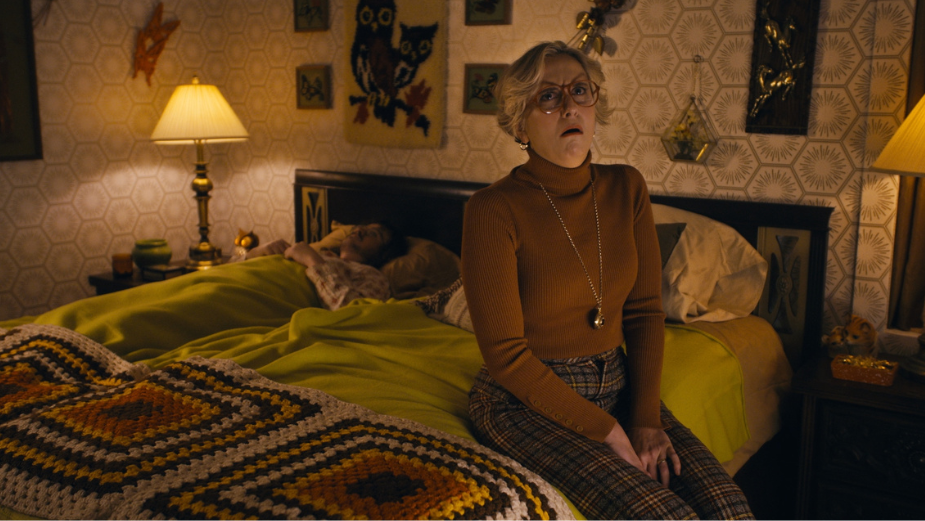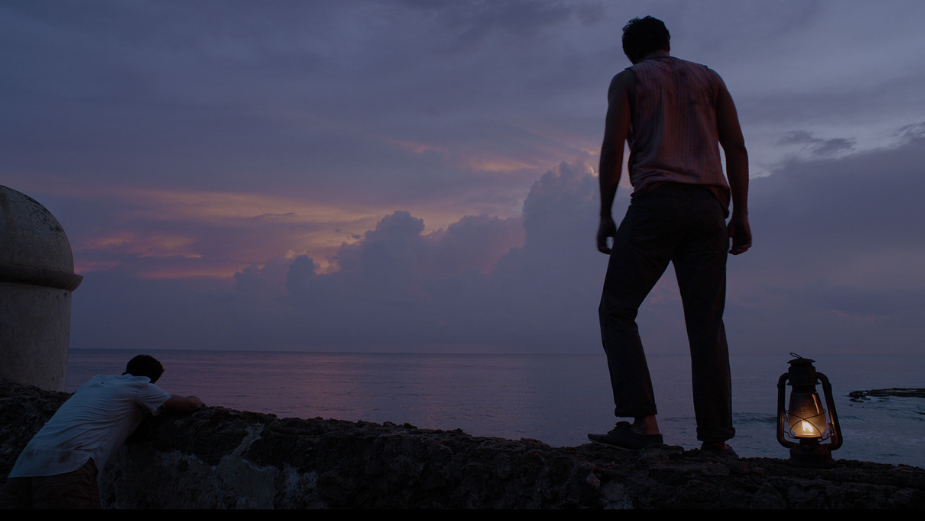Concentrating on Colour: “It’s Our Job to Show Audiences Colours They’ve Never Seen Before”

Concentrating on Colour: “It’s Our Job to Show Audiences Colours They’ve Never Seen Before”
How the TBD Post team blend a snap of saturation with a crackle of contrast to make the content really pop

The decision to set up shop in Austin was a wise move from TBD Post founders, Brandon Thomas and Ted Griffis. Placing them at the nucleus of a thriving creative media community, their location sets them apart from the Hollywood machine. The now Emmy award-winning post production facility has all bases covered; editing, colour grading, VFX, sound design and mix, finishing and delivery.
Working in tandem with the rest of the team, colour is one of TBD’s departments experiencing a massive uptick in client demand. In this conversation with three of the company’s top colourists – Brandon Thomas and Cory Berezenden – LBB’s April Summers is schooled on the subject of colour science, as talk turns to why HDR is the new storytelling tool getting them excited for the future of their craft.
LBB> How did you get started in the industry and where did you learn your craft?
Brandon> I’m mostly self taught, after falling into colour about 15 years ago. My background is in cinematography, MoGraph and VFX, and I think I was just in the right place at the right time because colour ended up being a really great fit for me. There wasn’t much of an online community at the time, so I learned by working on a ton of different projects and reading everything I could find about the subject.
Brian> It started when I was a DP because when I was shooting I was finding that images often left something to be desired, so I would jump into colour in a project to make things look better. I also mostly learned from experience and doing things over and over again. In terms of learning techniques, there was probably a point about 10 years ago or so, when I had consumed every single video about the craft that existed online. I consumed as much as I could and did a high volume of work, in order to learn the ropes – I didn’t actually get to collaborate with other colourists until a couple of years ago!
Cory> My journey has been so different! I left Texas and moved to California and started at a post house in client services – serving coffee, doing the fruit plates and food orders – but I really loved what the colourists were doing. Over the years, I became an assistant for a lot of different colourists, which meant sitting in a suite as someone else was colouring for ages. If you know colourists, I started with the likes of Marshall Plante, Bob Curreri, Beau Leon, Steve Scott, Clark Muller, Bob Festa and others, and each of their approaches were totally different, so I got to watch a lot of great colourists explore their own unique style. I would sit and observe how they ran the room, how they communicated with clients, their speed and approach to the craft, so I guess I’m a culmination of a whole bunch of different people’s approaches to colour as a result.
LBB> How would you describe your different approaches to colour?

LBB> Cory and Brian, what led you to join the TBD crew?
Brian> I came to TBD for several reasons. One of them being the fact I had been alone for my entire career – as the only full time colourist in the city of St. Louis. I knew Austin offered more opportunities to work on long-form content, with all the film festivals and the features that Brandon and Cory have worked on. A lot of colourists want to do movies, and I certainly wanted to as well. Also, there is infrastructure at TBD that doesn’t exist anywhere in St. Louis: we have two grading theatres, as well as a lot of other high-end tech and gear. It was a culmination of the infrastructure, the long-form higher end work, and the experience of working with these guys that led me to join TBD.
LBB> How would you summarise TBD’s approach to colour? What makes the TBD team unique?
Cory> I’ve worked at a lot of post facilities and the most unique thing about TBD is the fact Brandon and Ted have curated a team that works so diligently at what they do, delivering their best work all the time. You would never know how immensely busy it gets here, because everyone approaches the work in a calm and collective way, and just gets stuff done. At other places I’ve worked at, I’ve seen emotions run crazy high, and things can get very stressful as a result, especially when it’s coming from the top down. TBD’s positive environment comes from the leadership here and I really appreciate it.Brian> We care very much about each project individually and about the people involved. We’re outside of the Hollywood factory which allows us the ability to give clients a little bit of extra time and love, or a different take on their project, that they’re not necessarily going to get elsewhere.
Brandon> Ultimately, we’re the final stop in getting the project to as close to the dream version as possible. When we’re doing our job well, we’re solving problems and making the work the best it can be.

LBB> How do you assess the colour and grade requirements of a spot? What’s the process like before you start applying the creative?
Brandon> Typically it starts with creative conversations about the story we’re trying to tell and how we’re going to get there. Having conversations with the directors, DPs, or agencies, where we work together to figure out the creative direction for colour so the earlier in the process we can be involved, the better. We love doing camera tests with filmmakers, helping come up with creative solutions and collaborating on the look and feel of things.Brian> For me, it usually starts with what I call the “colour kickoff call” where we look at the project together and determine the creative direction. The director and the DP will often give me lots of adjectives about how they want the piece to feel, then it’s my job to take those abstract terms and turn them into something concrete that can be seen and felt. They’ll often provide references from movies, films or commercials which demonstrate certain aspects they might want to encapsulate. Standard questions I ask include: “Are you thinking this should be a deep contrast? Should we do a more lifted contrast? Are we looking for lots of saturation, less saturation, selective saturation? Are we looking to evoke an era? Are we looking to emulate film or any sort of digital process?” When you deal with hundreds and hundreds of projects, you end up curating this big list of questions that helps you figure out the requirements of each new project. You do your best to bring that vision to life by opening up a back and forth dialogue, sending hero frames and viewing links to the client, so they can see the progress and provide feedback.

LBB> What are your favourite types of projects to work on and why?
Cory> Similar for me. I like projects which require colour to be a big deciding factor in the emotion and where the storyline goes, especially for features. With features, you essentially want to tie the whole world together, but you’re going to have different looking scenes, so that through line needs to be consistent while also having a handle of how you want the viewer to experience each scene. When a client asks for us to help convey emotion, you get to experiment with something that evokes the emotion they were looking for, and then you get to create it. With those sorts of projects you feel like your input as a colourist truly helped tell this story, and the viewer is experiencing the correct emotion that the DOP wanted, because of the colour. That’s really fun.
LBB> What do you think is the most surprising aspect of your job?
Brian> There’s a couple of funny perceptions out there about colourists. One of them is that there is always magic happening in the suite, but in reality, there is much more to the job than the artistic part of it, and not all hours of our day can be devoted to the craft, there’s so much more to do logistically. This being said, it’s the artistic part that drives us and what keeps me in my seat every day.

LBB> How often – if ever – do you guys collaborate on a project?
Brian> There’s certainly been more collaboration as HDR becomes more of a reality because that’s something I’m learning, and Brandon has been able to teach me a ton, and Cory is jumping into that, too. There’s going to be plenty of opportunities to share on that frontier and will be part of our collaborative process going forward.

LBB> Can you tell us a bit more about HDR and how it is used during the colour and grading process?
Brandon> Yeah, it’s coming for sure, it just takes time to shift over all the infrastructure. Even Instagram is displaying HDR now though! There are already tens of millions of HDR devices out there.
